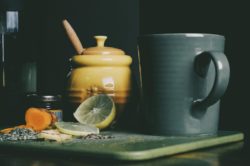
“The body never lies. And it doesn’t withhold information. It tells us everything we could possibly need to know.”
DeAnna Batdorff
Luckily, that’s how the science of life, Ayurveda, can help.

The key is to listen closely to what your symptoms tell you and understand what they’re asking of you. Then you can start using Ayurveda to bring your symptoms – and health – into balance.
An Ayurvedic Cleanse is a way to wash the body from the inside out. Not only do you remove toxins that naturally build up in your body over time. You also “re-set” your metabolism, a develop a healthy sensitivity to your hunger, and better understand your cravings and aversions to certain foods.
Unfortunately, there are lots of misconceptions and myths about cleansing. Let me break it down for you!
3 Most Common Myths about Cleansing
Myth #1
Cleansing means you’ll starve or feel deprived and hungry all the time.

Nope! Ayurvedic cleansing is about feeding your body with delicious, wholesome foods. You eat when you’re hungry, you learn to stop when you’re full. You even learn what “full” means to you in a whole new light!
It’s not about will power, restriction or going hungry. You get to eat loads of beautiful food and never feel deprived. In the Ayurvedic Cleanse that I lead – The R.A.D. Cleanse – we eat so much more than Kitchari or a mono diet of rice and ghee. We explore a whole world of season-specific food and nourishment – all while following the principles of Ayurveda.
Myth #2
Cleansing food tastes bad, plain or boring.
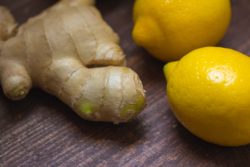
I’m an Ayurvedic chef and certified foodie!! That your food looks, smells and tastes delicious is a prerequisite for the cleanse programs I lead.
This myth comes from fad diets that have you eating watermelon rind for days on end. Or day after day of bacon.
Ayurveda is not a fad, and Ayurvedic cleansing is not the latest fad diet. It’s a proven system that gives you control over how your body feels – using food as medicine.
For example, in my program The R.A.D. Cleanse, we explore a whole world of edible herbs and spices – alongside super easy ways for you to incorporate them into your everyday meals. Every meal is geared towards you feeling fantastic, getting to your ideal body weight and being in less pain.
If anything, your more sensitive to flavor and, as a result, healthy food tastes better than ever.
Here’s what a recent RAD cleanser reported after she cleansed. “I don’t feel like I need to snack anymore. I don’t feel hungry between meals anymore. I don’t overeat anymore. I make better choices most of the time when I am genuinely hungry between meals.I lost 13 pounds and have more energy, too.”
When you cleanse using Ayurvedic medicine as your guide, you let go of this kind of thinking:
“I ruined my day because I ate something I shouldn’t have.”
Myth #3
I already eat healthy. I don’t need to cleanse.

A lot of people think they eat really healthy. And they probably do! I’m sure they eat plenty of fruits and vegetables and whole foods! It’s never been easier to find healthy choices in restaurants and grocery stores.
But Ayurveda keeps your unique constitution – and the season you’re in – in mind.
Ayurveda takes your health to the next level. It makes your food choices specific to what YOU need to feel YOUR best. That’s not the same as eating healthy food.
I meet clients all the time who are dehydrated and don’t know it. Who are eating lots of salads and smoothies and wondering why they have no energy. I even see people who’ve come to accept their symptoms as “normal” (when they’re not!)
You don’t have to settle when it comes to your health! If you’re not strong, thriving and vibrant, you can do more.
Using Ayurveda to cleanse is the best way I know to improve your health in a way that’s super specific to you. And as a result of your success, you have more to share with people in your life who already look to you as their health guru.
Need proof? Alright.
Try this on and see how you feel after eating something so seasonal specific. So nourishing. So good for ALL body types at this time of year. And you be the judge!
Root Harvest Kitchari
V-PK=
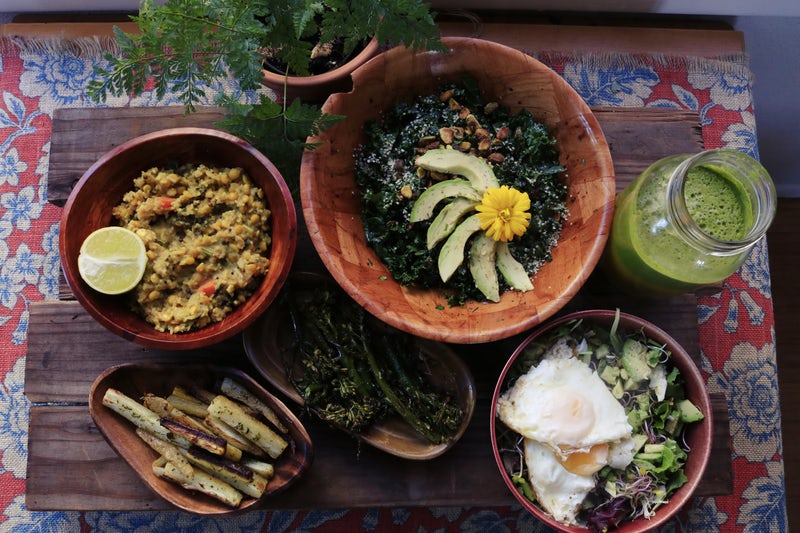
Preparation Time: 45 minutes
Yield: About 4 Servings
If your days are long and your body busy, Root Harvest Kitchari is the ultimate one pot meal to bring you down to earth.
Filled with stabilizing plant-based protein, warming spices, grounding roots and lubricating fat… this dish nourishes you to your core.
Don’t let the long list of ingredients overwhelm you (it’s mostly spices). This recipe is EASY and worth the effort. Double the recipe if you want it to last you a couple days or more – you can always freeze what you don’t finish in the first 24 hours.
Ingredients:
½ cup short grain brown rice or quinoa
¼ cup red lentils
1 strip kombu seaweed – you’ll find it in the International section of your local health food store
1 teaspoon apple cider vinegar
½ teaspoon asafetida
1 Tablespoon ghee, grass-fed butter or coconut oil
1 teaspoon cumin seed
1 teaspoon brown mustard seed (omit for Pitta)
1 yellow onion or small leek, chopped
2 cloves garlic, minced
5 cups water, vegetable broth or bone broth
1-inch fresh ginger root, peeled and minced
1 teaspoon ground cinnamon
1 teaspoon ground cardamom
½ teaspoon ground ginger, omit for Pitta
1 bay leaf
1 medim parsnip, cut into 1/4” rounds
1 medium red potato, diced
1 medium beet, chopped into 1/4″ cubes
1 medium carrot, cut into 1/4” rounds
½ teaspoon high-quality, mineral-rich salt
½ teaspoon ground cumin
½ teaspoon ground turmeric
Juice of one lemon
½ teaspoon ume plum vinegar, optional
½ cup fresh basil leaves, chopped fine
Olive oil or sesame oil to taste
How To Make:
Soak the brown rice and red lentils overnight with enough water to cover them by a couple inches. Add the kombu, asafetida and apple cider vinegar. Cover.
Use a colander to rinse the rice and lentils until the water beneath it runs clear. Set aside. Warm the ghee in a medium saucepan over medium-high heat. Add the cumin seeds and mustard seeds. Sauté until the seeds pop.
Add the garlic and onion. Stir until the onion is softened, about 5 minutes. Stir in the rice and lentils. Stir for 30 seconds. Add the water, fresh ginger, cinnamon, cardamom, dried ginger and bay leaf. Bring to a boil. Reduce the heat to low, cover and cook for 20 minutes, stirring occasionally.
Meanwhile, prep the parsnips, red potato, beet and carrot. Stir the vegetables into the pot and cook for another 15 to 20 minutes, until the vegetables are fork tender. If you need to add more liquid, add hot water or hot broth – 1/2 cup at a time.
Add the salt, ground cumin and turmeric at the end. Garnish each serving with lemon, ume plum vinegar, basil, a generous spoonful of olive or sesame oil and enjoy! Kitchari is one of the most healing, rejuvenating, and easy-to-digest meals in Ayurvedic cuisine. This particular recipe is geared specifically to a fall cleanse. To get your greens, serve Root Harvest Kitchari over a bed of baby arugula or salad greens.
If you want to feel absolutely amazing this fall—physically, emotionally, and mentally—but believe the way you feel is out of your control, get yourself into an Ayurvedic cleanse. It is so different from other detoxification programs and the results are real. Interested? Check out my R.A.D. Cleanse here.

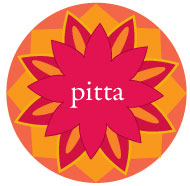
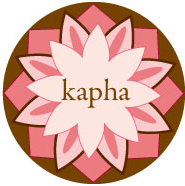
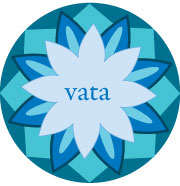
Recipe doesn’t say how to prep the root veggies nor how much of each is needed. Is it one potato, one beet, one parsnip, one carrot cut in chunks or 1/2 cup of each root? Or grated or sliced?
Looks good and I’m soaking rice and lentils tonight.
Also are red lentils and mung dhal interchangeable here?
Hi Ana! Thanks for that heads up! I edited the recipe so now you can see it all. You can use mung dhal, but I highly recommend red lentils for this recipe.